
7 Tips for Taking Amazing Restaurant Menu Photos

In the digital era, professional food photography drives online sales, with a 25% increase seen in brands using it. We offers seven steps for mastering restaurant menu photography.
In the digital age, the saying ‘We eat first with our eyes’ has never been more accurate. With staggering increases in online sales for brands using professional food photography, it's clear that a picture is worth a thousand words—and then some.
But how can you start to leverage great restaurant photography to showcase your talent as a photographer or, as a business, boost the online sales of your restaurant chain or delivery app?
Our seven-step guide can help improve your image performance and master the art of food photography. Whether you're looking to break into the food photography industry or enhance your existing skills, our guide will provide practical tips to elevate your menu photos to the next level.
Why restaurant menu photos are important
The photography market is expected to reach about $44 billion by 2025, and food photography is a significant part of that growth.
Recent statistics show that brands that leverage professional food photography have seen an increase in sales through online ordering by up to 65%. In fact, those restaurants with menus that include food photos see an increased sale conversion rate of 25% or more compared to brands that stick to text-based menus.
When done right, high-quality photos of food on online menus will drive a website's traffic, increase customer experience, and entice new customers. Great photos of menu items showcase what the food will look like, helping customers make informed decisions about what they’re ordering.
It sounds easier said than done. The important caveat here is that there is a vast difference between pictures of food and food photography. However, we’ve done the work for you and have seven hot tips to help you take fantastic restaurant menu photos.
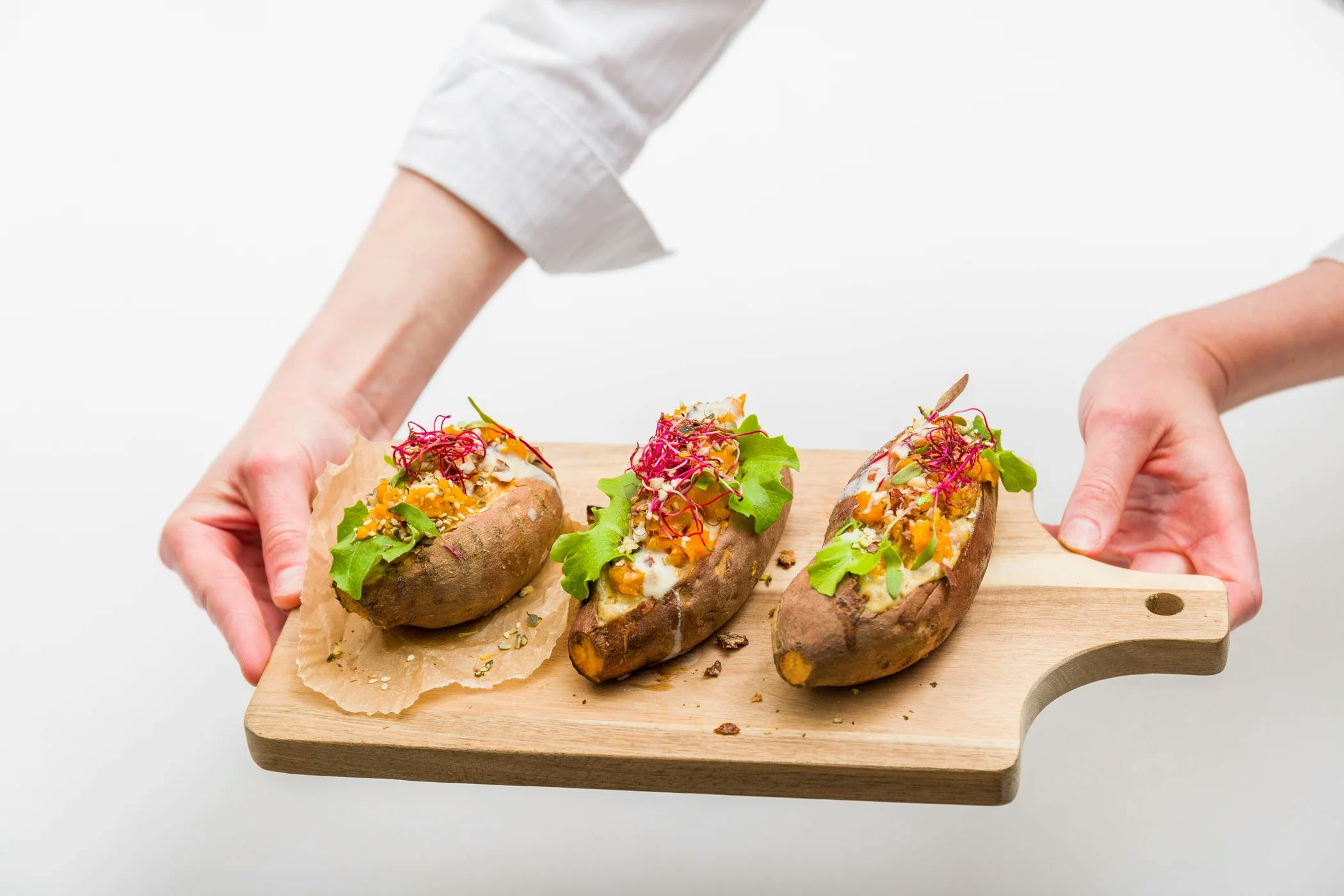
Food photography requires a keen eye for detail, a deep understanding of lighting, and a knack for composition. In the following seven steps of our tutorial, we will highlight how you can start taking great food photos like a professional photographer.
1. The best light is natural light
High-quality, impactful menu photos are made with the proper lighting—there is no way around it. Good lighting makes food look appetizing.
When setting up your photoshoot, you need to consider how to light the food. Natural light makes food look the most delicious. Watch out for artificial light and harsh shadows, which can cast colors that make the menu item look unappetizing.
The best natural light source is the morning or late afternoon sun, so schedule your food photoshoot then. Set up near a window where you can leverage a decent amount of indirect sunlight.
However, if you can't use the soft light of the sun, then stick to one light, but take steps to avoid washing out the shot.
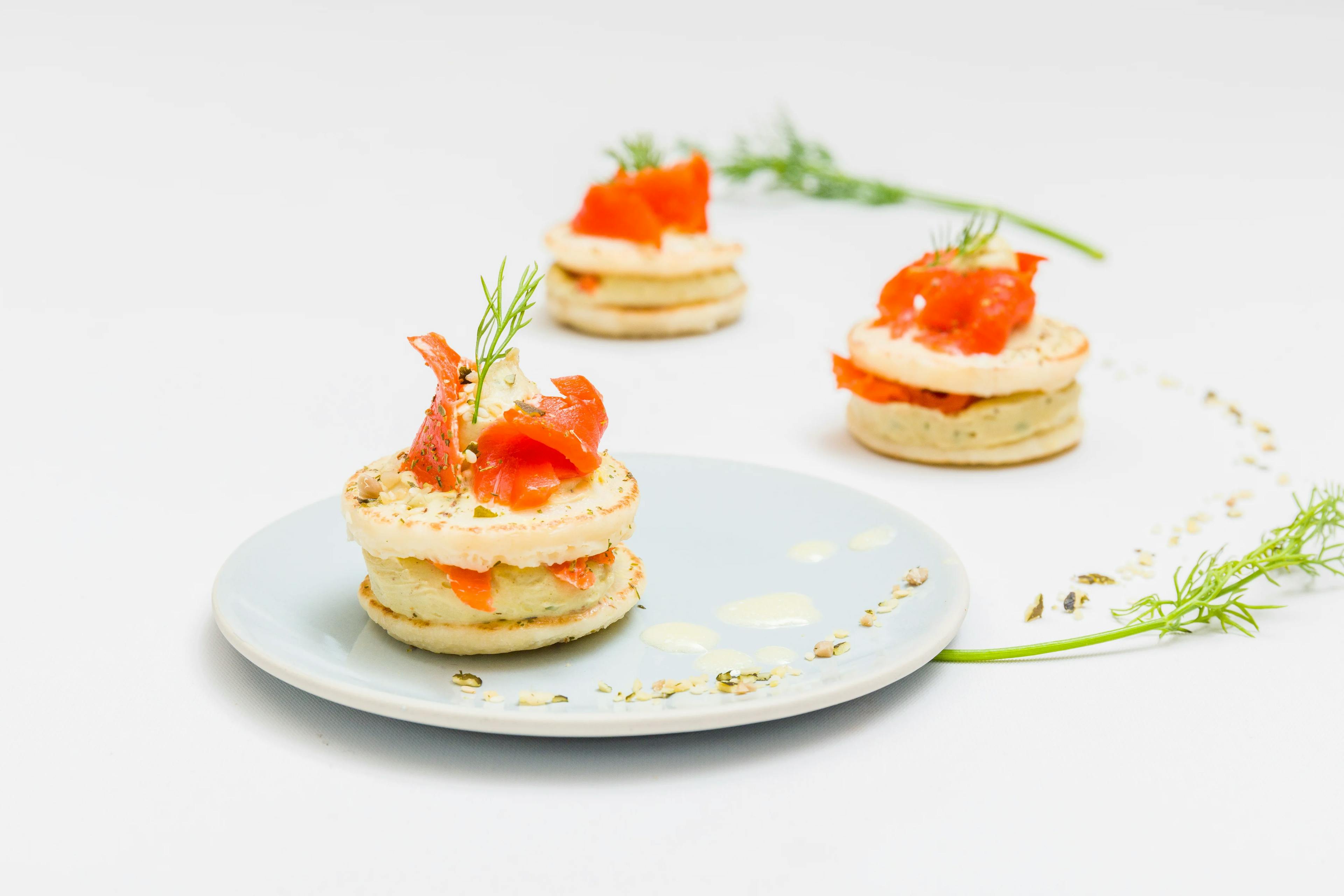
2. Plating and food styling make food shots pop
We’ve all seen how much care chefs take when plating and presenting their meals on shows like Masterchef or Hell’s Kitchen. The same goes for food photographers.
Food styling is critical to taking high-quality food photos. You need to focus on making the food look mouth-watering. Go into the shoot with a food stylist mindset. Remember, we eat first with our eyes.
Ensure that the dish looks its best when you start taking pictures. Take a minimalist approach to garnishes, choosing those that contrast with the dish but don’t distract from the subject of the shot. A splash of complementing color to a monochromatic dish goes a long way in the final shot—for example, a dollop of cream on pumpkin soup.
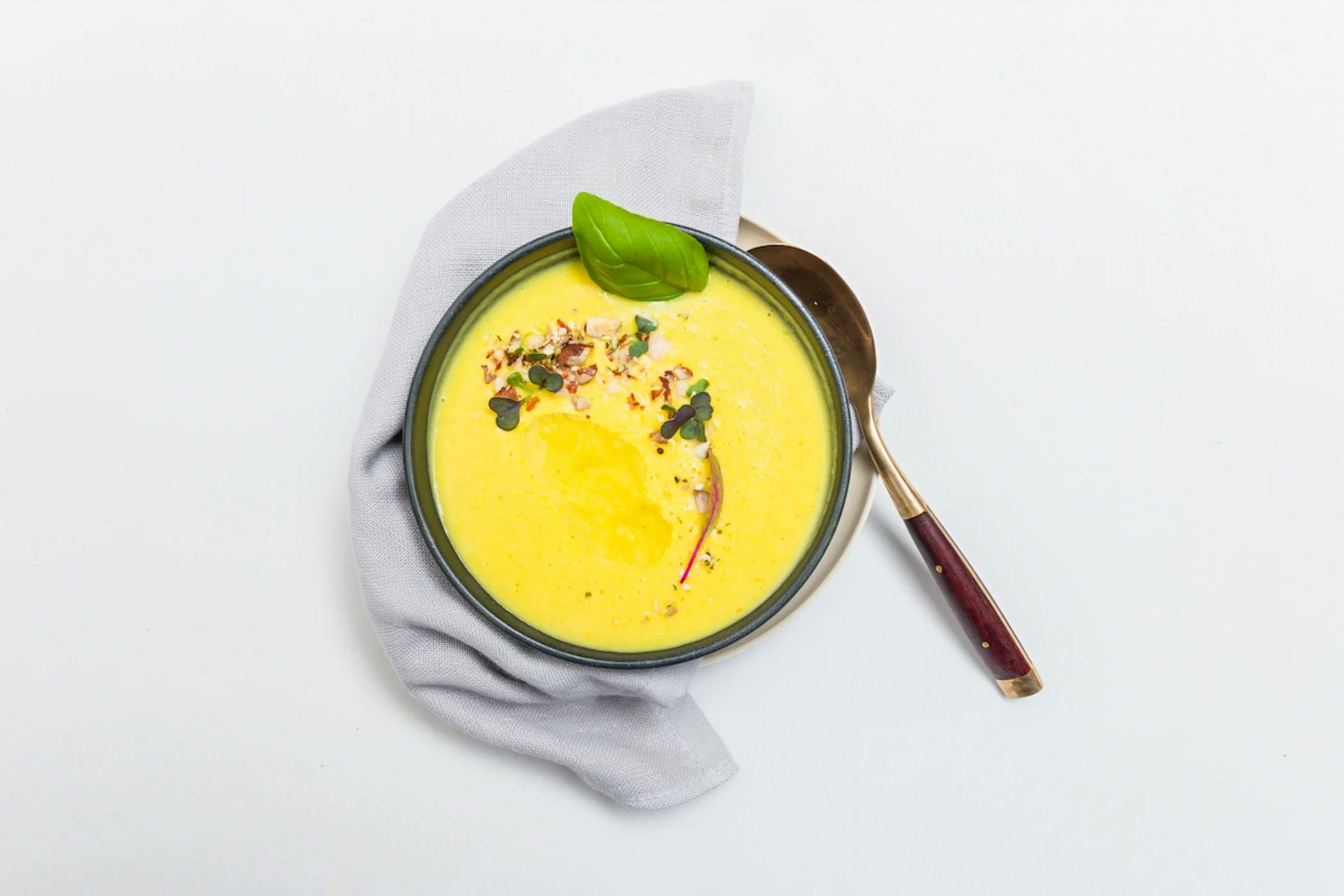
3. Highlight the menu item with simple backgrounds
Excellent food photography makes the food the star of the shot. You need to ensure it remains the focal point by using a background that compliments rather than distracts from the dish.
Consider using neutral or solid colors or wood as your background when photographing food. These choices help to keep the viewer's attention on the food rather than being drawn away by a busy or brightly colored tablecloth, for example. When in doubt, a white background can go a long way in attracting the customer’s eye directly to the food.
Additionally, don’t leave the space around the dish too bare. Think about adding relevant cutlery or fresh ingredients. Again, to ensure your food photos look professional, add these elements in a way that doesn't distract from the shot’s subject.
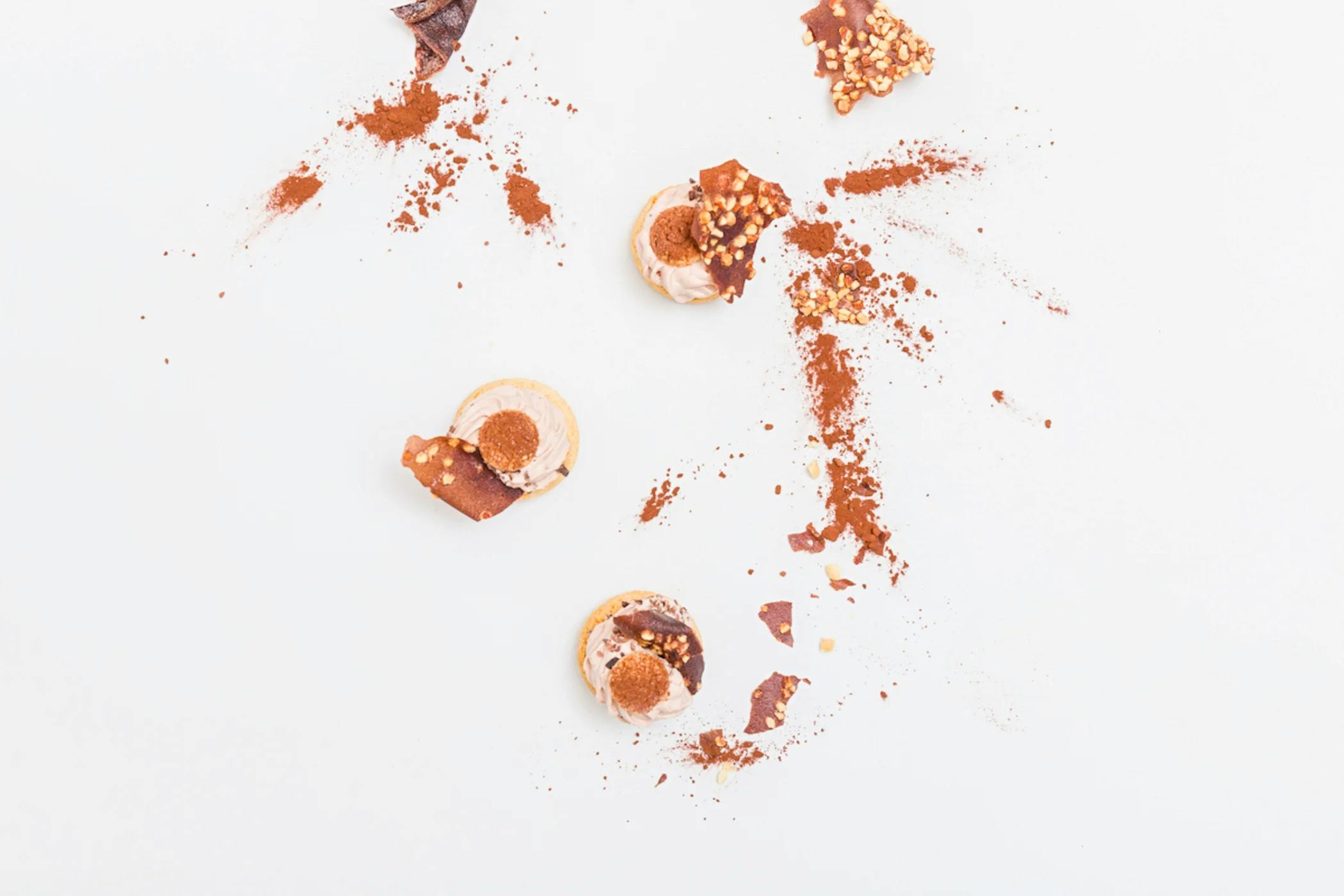
4. Leverage composition and different angles
A great place to start with composition is with the rule of thirds, which is the division of the shot into three parts.
By aligning the key elements of the shot along these lines, you can help ensure that you compose a photograph that appeals to your customer’s eye. From here, you can experiment with depth-of-field and close-ups while remembering that the subject remains the shot's focus.
If you are shooting food that is built up, like a burger, start with a straight-on shot to highlight those colorful ingredient layers and the food’s height. Additionally, consider bird’s eye shots for salads or pizza to showcase all the colors of the food.
These are just guidelines, so experiment with composition and take lots of pictures—you can choose the best later.
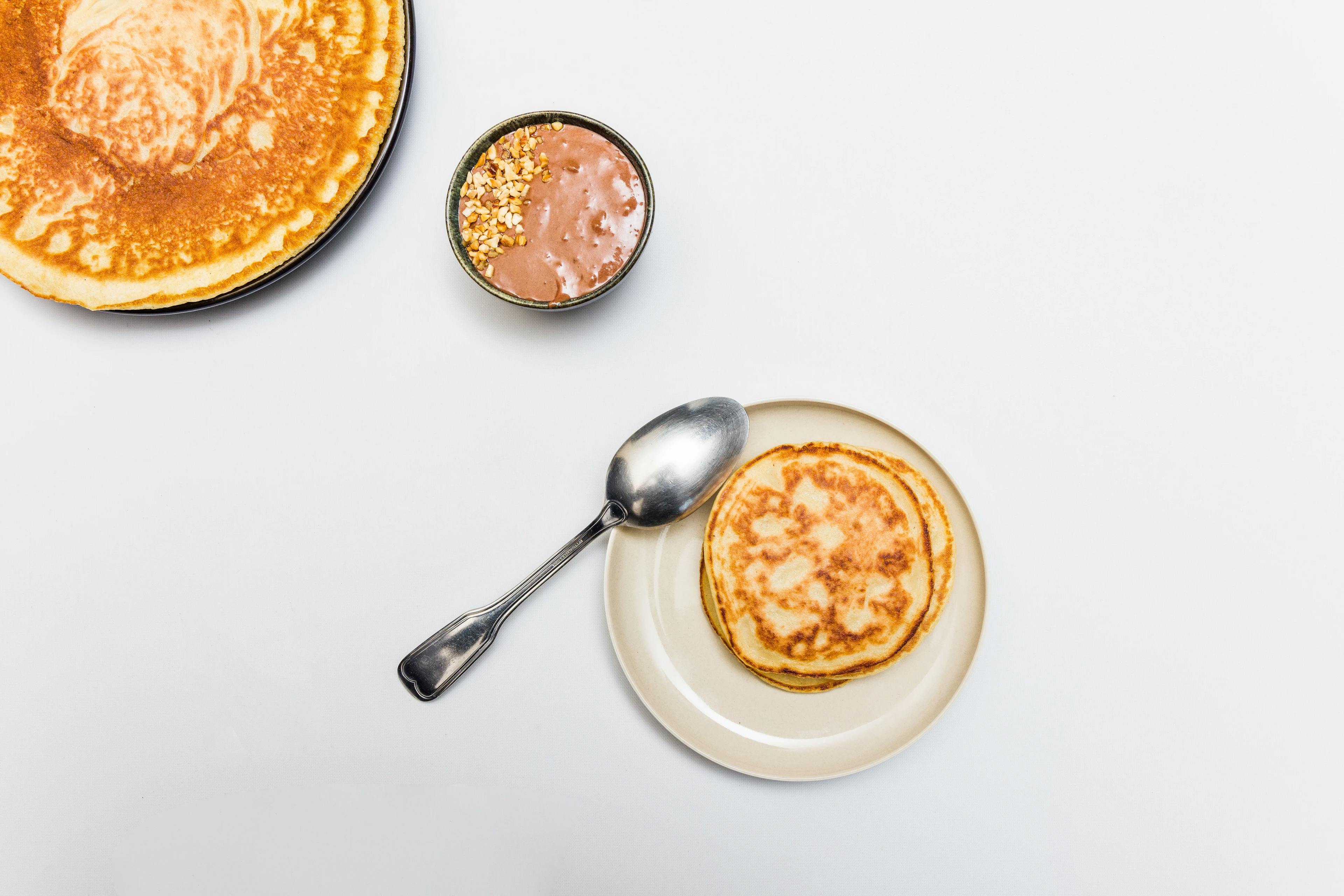
5. Capture the truth of the dishes
Great food photos have the most significant impact when they are authentic. They need to accurately showcase the meals as they are served to customers every time.
Remember these three ‘Ps’ when taking menu photos: the dish needs to be true to the food's preparation, portion size, and plating. The other element to keep track of is the consistency between the photographs. These considerations help you build a memorable brand that your customers will associate with your restaurant.
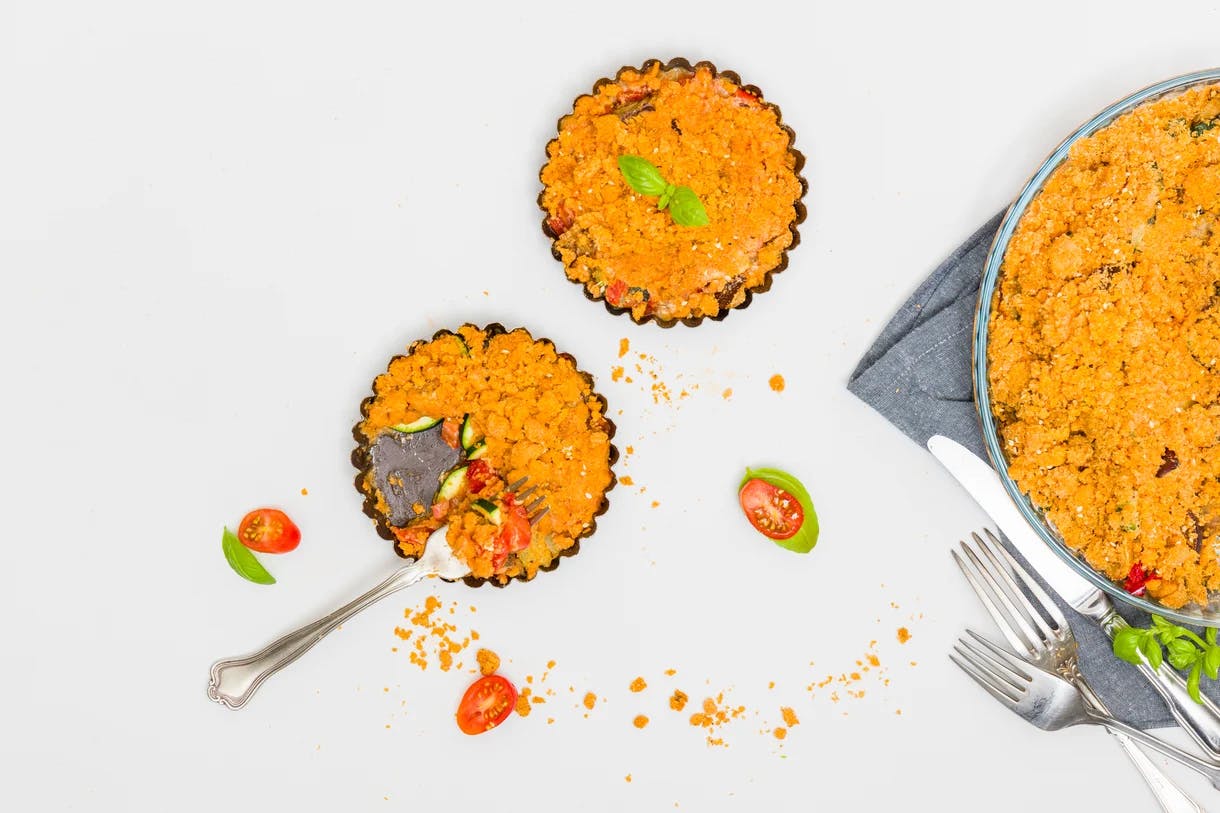
6. Edit photos with a light touch
Your post-production process is crucial for enhancing your food photos' final appearance.
A light-touch mindset goes a long way in photo editing, helping you keep the natural appeal of your images. Essential tools such as cropping, rotating, and straightening will help achieve consistency and give them a balanced look.
Cropping helps you remove some unsightly edges or distracting elements and keep your customer’s focus on the main subject. Next, you can adjust the color balance to ensure the photo has a visually appealing and consistent color palette.
The industry is awash with editing apps, such as Lightroom or Photoshop, and image enhancer tools to help you tweak your shots into great food photos. Additionally, you can leverage an AI-powered tool that optimizes your images in seconds.
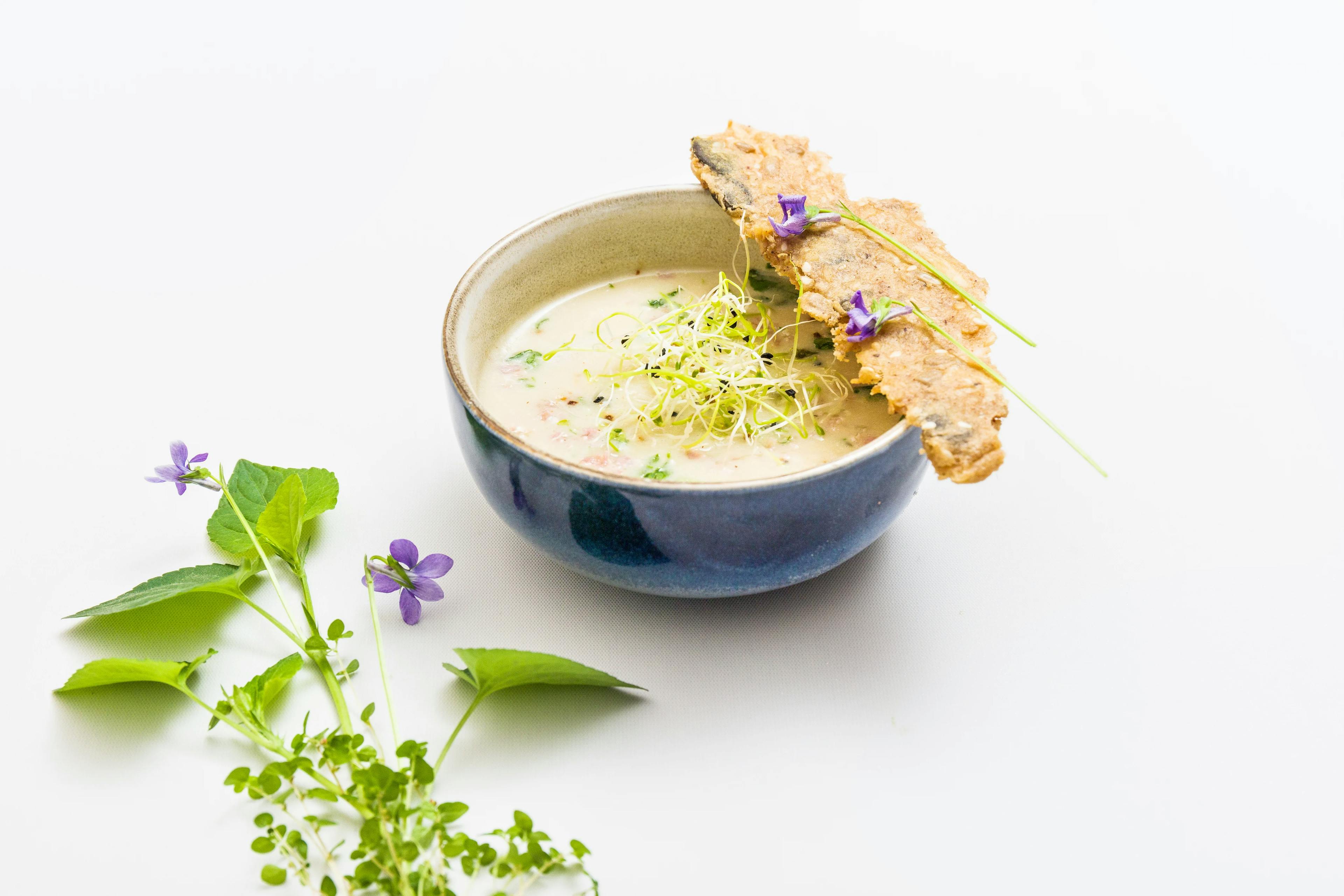
7. Be one with your camera
To ensure that your photoshoot goes smoothly and that you are taking great food photos, you need to make sure you’re comfortable using your camera.
Whether you’re using an iPhone or a DSLR camera, a high-level knowledge of your settings is vital to taking high-quality menu photos. For example, check your smartphone camera is set at its highest resolution. Additionally, take the time to experiment with the different settings to help you learn your camera’s capabilities.
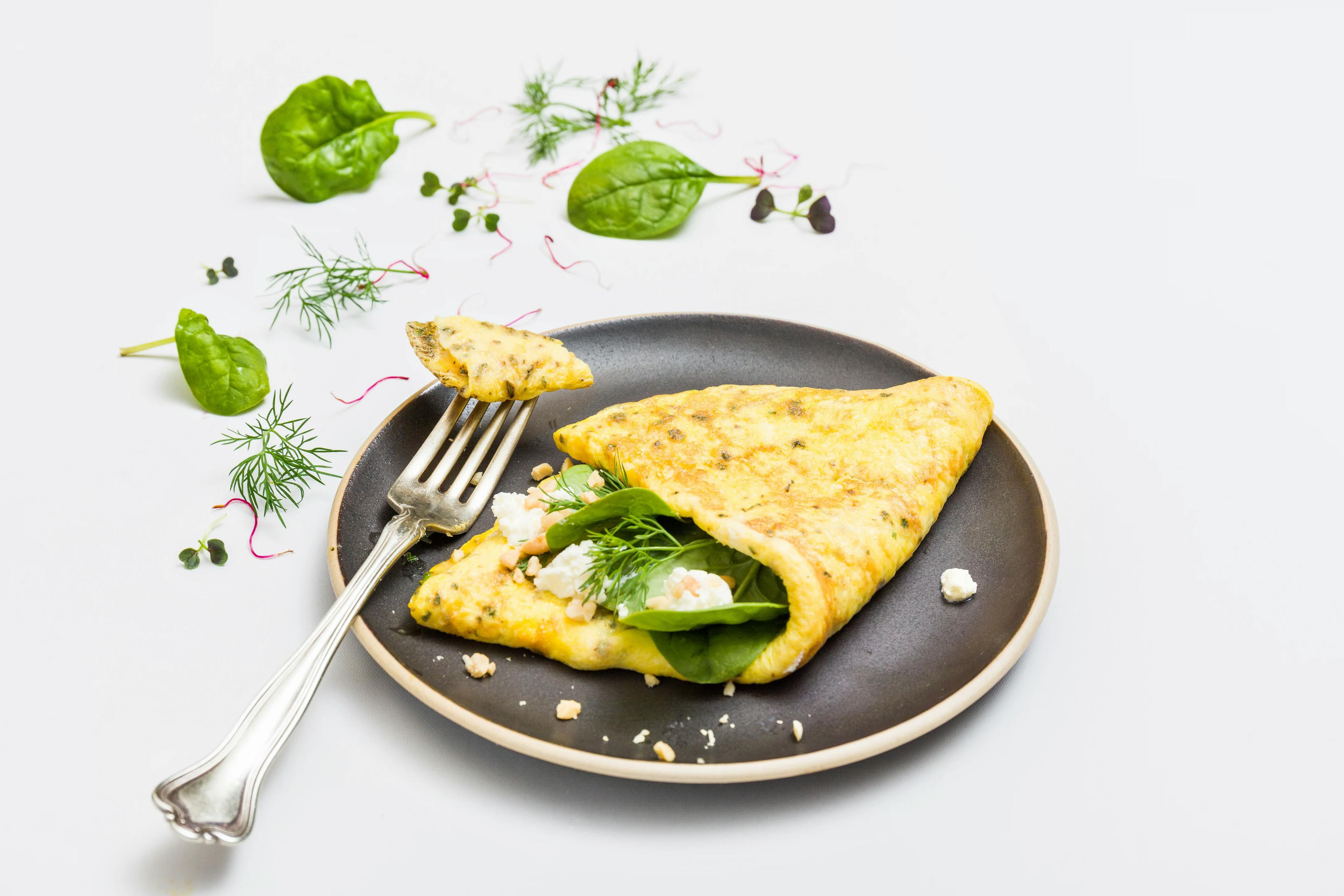
How OCUS helps you create great food photos
With our seven food photography tips, you’re set to start taking menu photos that pop!
If you’re looking to take your food photography to the next level, you can make that step with OCUS. We provide an all-inclusive photography solution that covers everything from connecting photographers to clients to managing the post-production process.
If you’re a photographer, OCUS can help you focus on what you do best while we take care of the rest—including connecting you with potential clients. We also offer additional resources and guidelines to help you improve your skills and produce high-quality, consistent images. Join the OCUS community today.
As a business, we offer you access to a vast network of more than 5,000 photographers and videographers worldwide. We specialize in quick turnaround times to deliver high-quality food photos made to order in a matter of days!